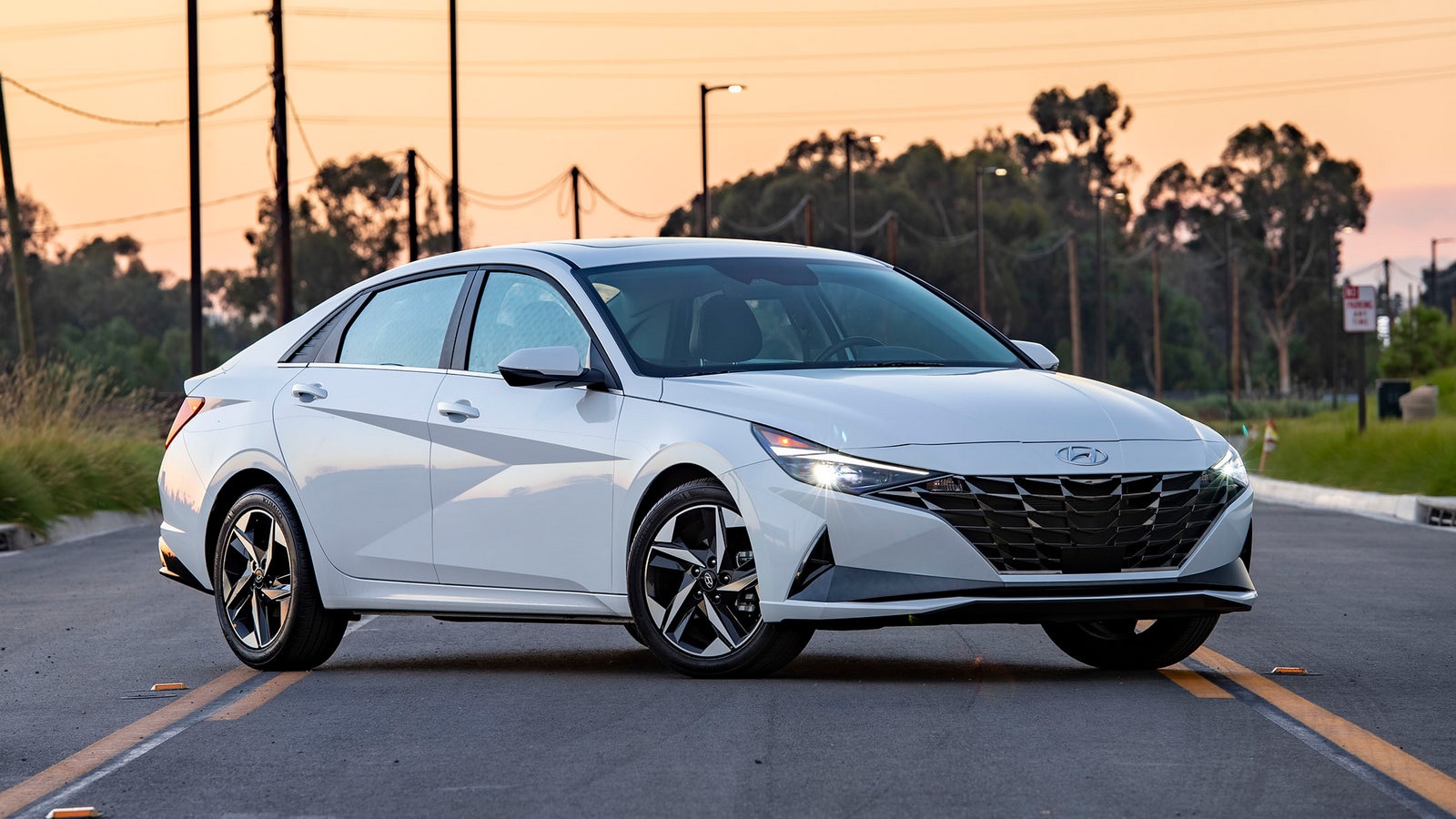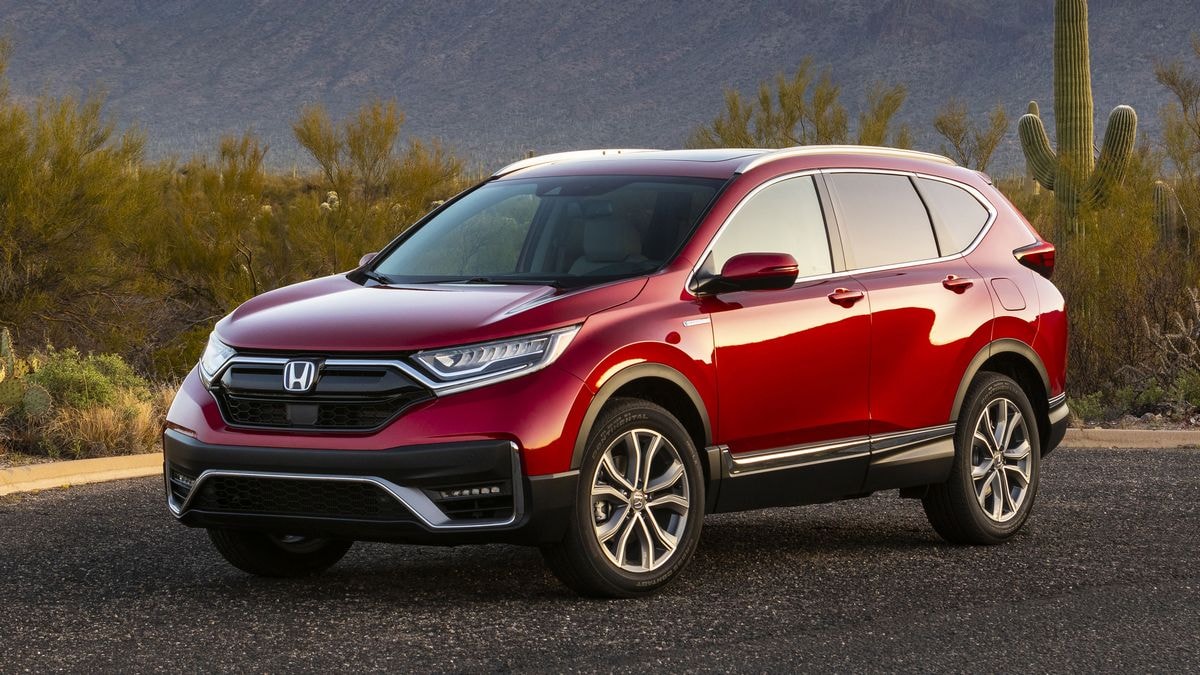Quick Facts About Electric Vehicle Weight
If you wonder why weight carries, well, in a discussion of electric vehicles (EVs), it’s because the weight in any vehicle affects everything from range to insurance cost to tire wear. The immense weight is also a safety concern. Moreover, among the things EVs have in common is excess weight. Despite a vehicle with an internal combustion engine (ICE) lugging a fuel tank loaded with gas, comparing an EV with a comparable ICE vehicle reveals the EV will weigh more. Why? Because of that hefty battery array electric vehicles must haul around. So, what impact does all that extra mass have? Read on. We’ll list a handful of the heaviest EVs and tell you about the adverse effects of excess weight.
Curb Weight: EV vs. ICE
The average electric battery weight is around 1,000 pounds. That’s almost exactly the weight of the battery in the subcompact Kia Niro EV and Tesla Model 3. Then there’s the GMC Hummer EV Pickup. According to Axios, a sister publication to Kelley Blue Book, the Hummer’s EV battery tips the scales at around 2,900 pounds. Comparing those battery weight numbers with an ICE vehicle’s 13-gallon fuel tank filled with 6-pounds-per-gallon gas, totaling 78 pounds, reveals the impact of an EV battery on curb weight. An EV will outweigh a comparable ICE vehicle every time.
What Is Curb Weight?
Curb weight is the pure weight of the vehicle unburdened with cargo or occupants. However, for ICE vehicles, it does include a full complement of fluids: gasoline, oil, radiator water, windshield washer fluid, and so on.
The Heaviest Electric Vehicles
Here, we break out a few statistics, including estimated curb weight, for some heavier EVs. Remember that the weights are estimates and fluctuate depending on range variations within any given model.
Electric Vehicle Weight: What Are the Downsides?
Does it make any significant difference that EVs weigh hundreds, if not thousands of pounds, more than ICE vehicles? Yes, and for some reasons that aren’t totally obvious. Whenever we put in some time behind the wheel of an EV — any EV — we marvel at how effortlessly it seems to accelerate. Consequently, we occasionally forget just how heavy it is. However heavy, that extra weight carries consequences from safety concerns, car insurance costs, and more.
1. Stopping Distances
A safety concern with heavy electric vehicles is their stopping distances. The heavier the EV, the longer it takes to stop. According to the Insurance Institute for Highway Safety (IIHS), though EVs are safer for the driver and passengers, they generally pose safety threats to other vehicles, pedestrians, and bicyclists as designed. See below how it impacts your insurance costs.
2. Car Insurance Costs
Among the hidden costs of EV ownership is inflated insurance premiums. There are two reasons for the added cost. An electric car’s powertrain components — particularly the battery system, which can cost up to $30,000 or more to replace — than that of a gas-fueled vehicle. Also, the magnified weight of the EV will increase the damage to other vehicles (or stationary objects) in a crash, therefore increasing liability claims. A finding of the National Bureau of Economic Research is that a 1,000-pound increase in the weight of a vehicle increases the probability of a fatality from a crash by 47%.
PRO TIP: Although you can expect to pay more to insure an EV, it probably won’t be painfully more. Forbes Advisor says the average difference is roughly $100 per year.
3. Lagging Highway Infrastructure
We don’t need a government report to recognize the market trend toward SUVs and trucks translates into the average weight of a vehicle on U.S. roads today being greater than 20 or 30 years ago. Packing their extra 1,000 pounds of heft, EVs are certainly doing their part to push that average weight even higher. A formula developed by the American Association of State Highway Officials in the 1950s and still used today, the Generalized Fourth Power Law, calculates the ratio between vehicle weight and pavement damage. Spoiler alert: The heavier the vehicle, the more it damages the pavement.
Only about 4% of vehicles on the road today are EVs, but the experts at the Edison Electric Institute expect that number to jump to 10% by 2030. Many of today’s paved streets and roads may not withstand the additional wear and tear. Moreover, concerns are growing that even the guardrails we see along roadways may not be strong enough to perform adequately as corpulent EVs increase in population. Likewise, it remains to be seen if structures like parking garages will accommodate the additional tonnage.
4. EV Tires: How They Wear
An electric vehicle’s tires wear more rapidly than a gas-fueled vehicle’s. According to the radio program Science Friday, the wear rate can be as much as 20% faster than tires on a gas-fueled vehicle. Some tire manufacturers attempt to address this by developing sturdier specialty tires for the electric car market.




